This piece is part of a series remembering the life, career, and legacy of Helmut (Hal) Sonnenfeldt — a member of the National Security Council, counselor at the Department of State, scholar at the Johns Hopkins School of Advanced International Studies (SAIS), and Brookings expert.
At the time that Hal Sonnenfeldt was so influential in shaping policy toward the Soviet Union, many Americans feared that it would surpass the United States as the world’s leading power. The Soviet Union had the world’s largest territory, third-largest population, second-largest economy, and produced more oil and gas than Saudi Arabia. It possessed nearly half the world’s nuclear weapons, had more men under arms than the United States, and the highest number of people employed in research and development. Soviet propaganda actively fostered a myth of the inevitability of the triumph of communism, and Nikita Khrushchev famously boasted in 1959 that the Soviet Union would overtake the United States by 1970 or 1980. Instead, in 1991, the USSR collapsed.
The collapse left a Russia significantly shrunken in territory (three-quarters of the USSR), population (half), economy (half) and military personnel (one-third). Moreover, the soft power of communist ideology had virtually disappeared. Russia retained a vast nuclear arsenal equal in size to that of the U.S., and its total military expenditure was 5% of the world total. Its global power projection capabilities had greatly diminished, but it used force effectively against Georgia in 2008 and Ukraine in 2014; provided military assistance to save the Assad regime in Syria; and used cyber means to disrupt American and other elections after 2016. As one former Sovietologist put it, Russia may be in decline, but they keep showing up!
In terms of economic resources, Russia’s gross domestic product in 2019 was only $1.7 trillion compared to a $21 trillion economy for the U.S. and $12.2 for China. In 1989, the Soviet economy was twice the size of China’s; now it is one-seventh of China’s. Its per capita income of $12,000 was slightly higher than China’s $10,000, but it was only one-fifth that of the United States. Russia is heavily dependent on the export of oil and gas, with high-tech exports representing only 7% of its manufactured exports (compared to 28% for the U.S.). Despite the attractiveness of traditional Russian culture and President Vladimir Putin’s calls for an increase in Russian soft power, his bullying acts towards his neighbors had the opposite effect. While language, history, and labor migration provide Russia with some soft attractive power in the “near abroad,” elsewhere few foreigners watch Russian films, and Russian universities are not ranked among the top global 100.
Russia is no longer hampered by Communist ideology and a cumbersome central planning system, and the likelihood of ethnic fragmentation — though still a threat in areas like the Caucuses — is less than in the past. Whereas ethnic Russians were only half of the former Soviet Union, they are now 81% of the Russian Federation. However, the political institutions for an effective market economy are largely missing, and robber-baron state capitalism lacks the kind of effective regulation that creates trust. The public health system is weak, and at age 71 the average Russian life expectancy (male and female) is five years shorter than in the neighboring European Union. Mid-range estimates by U.N. demographers suggest that Russia’s population may decline from 145 million today to 121 million by mid-century.
Many futures are possible, but at this point, despite its human and energy resources, Russia appears to be in decline — a “one-crop economy” with corrupt institutions and serious demographic and health problems. It is possible that Russia could surmount these problems. Former President Dmitry Medvedev laid out plans “for Russia to modernize its economy, wean itself from a humiliating dependence on natural resources and do away with Soviet-style attitudes that he said were hindering its effort to remain a world power.” But little was implemented, and pervasive corruption has made modernization difficult. While President Vladimir Putin has been a successful tactician in restoring Russia’s presence on the world stage, he has not been a skillful strategist in addressing Russia’s long-range problems.
One of Putin’s more successful maneuvers has been a tactical alignment with China. After suffering Western sanctions for his attack on Ukraine, Putin declared China as “our key strategic partner.” In return, President Xi Jinping declared Putin “my best friend and colleague.” Traditional balance-of-power politics would predict such a response to American primacy in power resources. And there is historical precedent in the 1950s when China and the Soviet Union were allied against the United States. During Hal Sonnenfeldt’s period in government and after Nixon’s opening to China in 1972, the triangle worked the other way, with the United States and China cooperating to limit what both saw as a threatening Soviet power. That alignment ended with the collapse of the Soviet Union. In 1992, Russia and China declared their relations a “constructive partnership,” in 1996, a “strategic partnership,” and in July 2001 they signed a treaty of “friendship and cooperation.” They have cooperated closely in the U.N. Security Council and taken similar positions on international control of the internet. The have used various diplomatic frameworks such as the BRICS and the Shanghai Cooperation Organization to coordinate positions. They now share non-nuclear military technology and conduct joint exercises.
Nonetheless, there are serious obstacles to a close alliance between China and Russia that goes much beyond tactical coordination. A residual mistrust persists. The demographic situation in the Far East, where the population on the Russian side of the border is 6 million, and on the China side is up to 120 million, creates a degree of anxiety in Moscow. In the 19th century, no country took more land from China than did Russia.
Russia’s economic decline has increased its concern about the rise of Chinese power. While trade has increased, investment lags, and Russia ranks only 10th among China’s export markets while China buys Russian oil. Russia worries about becoming the junior partner as it becomes more dependent on China than China is on Russia. According to Feng Yujun of Fudan University, “the most important relationship for us is the one with America. We don’t want to repeat the mistakes of Stalin and Mao.”
Can America take comfort in the decline of Russia and treat it like a second-rate power? I suspect a smart realistic diplomat like Hal Sonnenfelt would warn us against such an approach. After all, declining powers tend to be more risk acceptant as we saw with Austro-Hungary in 1914. They have less to lose than rising powers like China do. Russia still poses a potential threat to the U.S., largely because it is the one country with enough missiles and nuclear warheads to destroy the United States, and its relative decline has made it more reluctant to renounce its nuclear status.
Even a declining Russia possesses enormous scale, an educated population, skilled scientists and engineers, and vast natural resources. It seems unlikely that Russia would again possess the resources to present the same sort of balance to American power that the Soviet Union presented during the four decades after World War II, but that does not end the Russia problem. Whatever the outcome, because of its residual nuclear strength, its oil and gas, its skills in cyber technology, its proximity to Europe, and the potential of alliance with China, Russia will have the resources to cause problems for the United States, and Putin’s reliance on populist nationalism provides an incentive. As sophisticated students of international relations like Hal Sonnenfeldt understood, history has surprises and declining powers merit as much diplomatic attention as rising ones do.
The Brookings Institution is committed to quality, independence, and impact.
We are supported by a diverse array of funders. In line with our values and policies, each Brookings publication represents the sole views of its author(s).


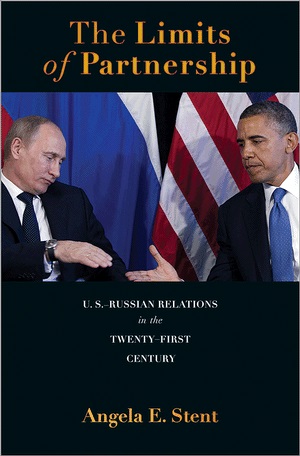
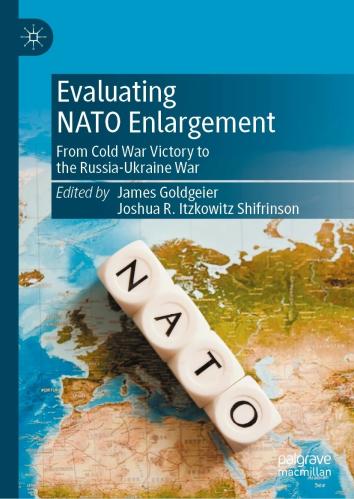
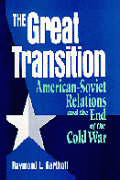

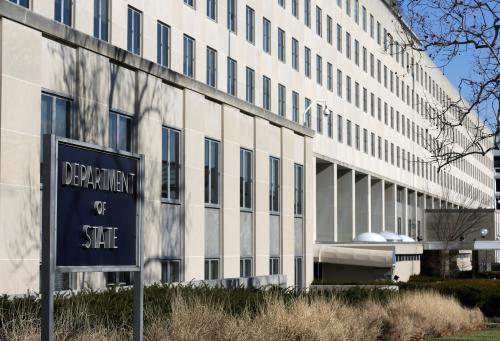
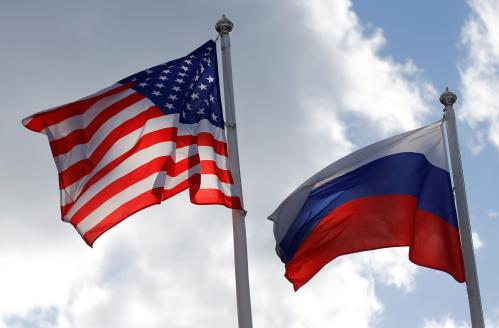




Commentary
Hal Sonnenfeldt and American policy towards Russia
October 17, 2019